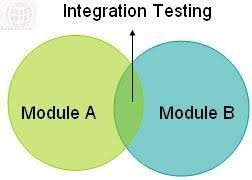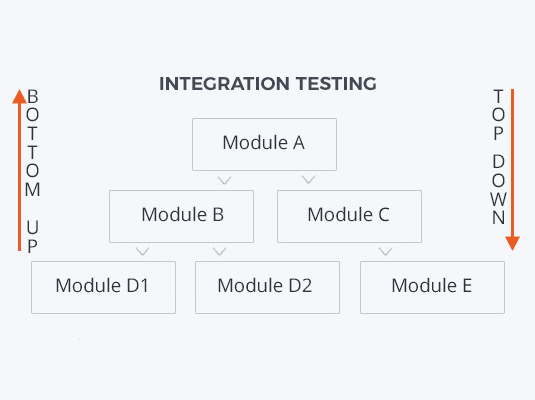Why Integration Testing?
Quick development of the product advertises and expanding client requests require the advancement of more mind-boggling and multi-level programming systems. Moreover, the system ability to coordinate perfectly with outsider programming is likewise required. The pattern takes reconciliation testing to a more elevated amount.
Comprising of a few incorporated modules, each product requires checking every one of its units one by one and additionally their mixes. With a specific end goal to moderate any breakdowns of coordinated units, Spiral World gives the administrations of combination testing by assessing the conduct of the system modules in solidarity.

Being created by different software engineers, every unit has distinctive programming rationale that may influence work of alternate modules after their combination. After legitimately directed unit checking, we make and execute reconciliation tests to check whether system modules don't meddle with each other's work specifically blends and fulfill the necessities and principles.
How we Test
Keeping in mind the end goal to give intensive incorporated testing, we take after a few methodologies. For the check of little systems, we apply Big Bang approach by testing every single coordinated unit immediately. If not all modules are prepared for testing and the length of the test stage is restricted, we utilize incremental approach by consolidating a few modules which are intelligently related.
For incremental strategy, we lead top-down or base up joining. The following base up procedure, we check crafted by coordinated modules beginning with bringing down levels. Top-down reconciliation starts with testing modules from a larger amount keeping the control stream of the system.

When to Start
A conventional integration testing model suits well in case the waterfall model is applied in a project. Adapting to the rules of the current software market, we perform manual testing or write automated scripts for projects with continuous integration.
Integration testing is concluded only if all designed tests are accepted end-to-end. This can be too expensive if the system is large and complex. Regardless of requiring much time and costs, coordination testing identifies the issues at beginning times when their settling won't be so costly Bugs removal in high-level architecture causes a release delay and extra spending.
